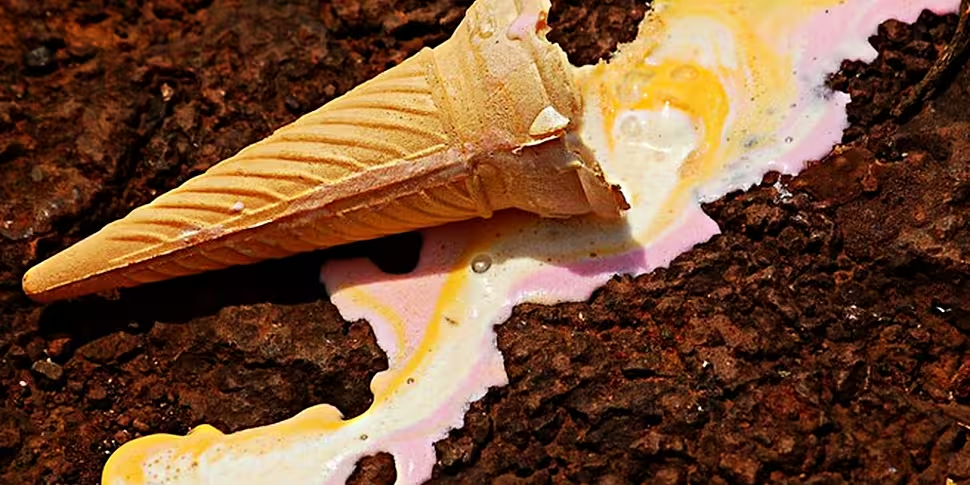The ‘five-second rule’ has long been a scientific truth universally accepted by people all over the world whose expectations at biting into something delicious have just been quashed by Newtonian forces of evil. The understanding is simple: when gravity pulls some foodstuff from out of your hand or off your fork and pulls it to the earth, a class-transcending piece of popular wisdom suggests that five seconds is not enough time for bacterial transference.
When it comes to following the ‘five-second rule’, though, none of us are fools. Even those with the most ferrous of constitutions don’t go sucking cold damp puddles of soup out of carpets. But millions of people around the world will happily pick up a crisp, a sweet, a piece of vegetable that has tumbled downward from off the ground and pop it straight into their mouths before the thought “five seconds” even can begin to formulate. And sadly, science says that’s also about as much time as it takes for bacteria to latch on.
Researchers writing in Applied and Environmental Microbiology have just published a new study that offers the cold truth about how differing exposure times lead to different amounts of contamination. The authors, Robyn Miranda and Donald Schaffner of Rutgers University in New Jersey, examined how different time limits affected different foods, also looking at two other studies of which the research findings were released to the press but which were otherwise unpublished.
This time around, the scientists left watermelon, bread, bread with butter and jelly sweets on a variety of different surfaces that had been contaminated with Enterobacter aerogenes bacterium, a foodborne contaminant that has attaches itself to food in the same way that Salmonella does. Each of the foods was left lying on the surfaces for one, five, 10 and 300 seconds to examine whether or not the popular notion of five seconds or fewer being fine holds any water.
The bad news is that it took less than a second for the bacteria to transfer, meaning that even those with the most speedy reflexes and reaction times are unlikely to have avoided any bacteria when rescuing a fallen piece of food. But don’t let the inevitable contamination slow you down, as unsurprisingly, longer time in contact with the contaminated surfaces did result in greater transference, meaning the longer it takes to pick it up, the worse it is for you. Other factors that played a part included the surface from which the food was plucked, with carpet having “very low transfer rates, compared with tile and stainless steel, whereas transfer from wood was more variable.”
As Miranda and Schaffner shadily write, the “5-second rule is a significant oversimplification of what actually happens when bacteria transfer from a surface to food,” reminding us all that popular notions generally aren’t backed up by solid science.









